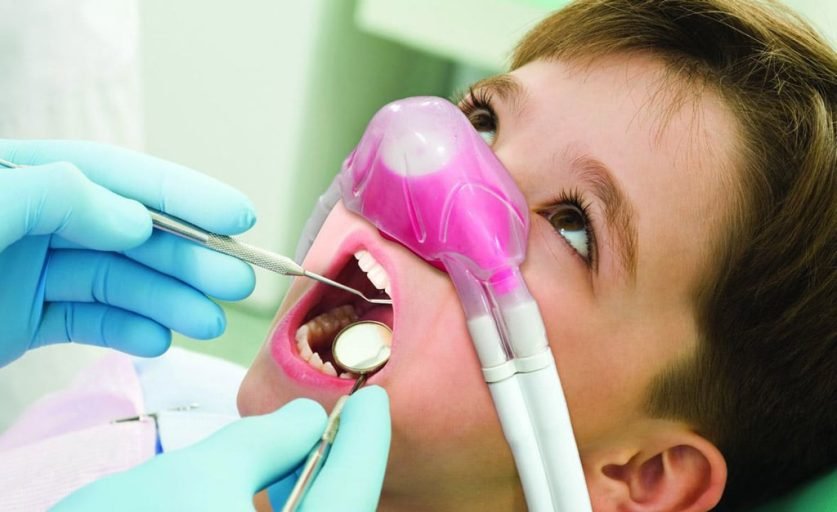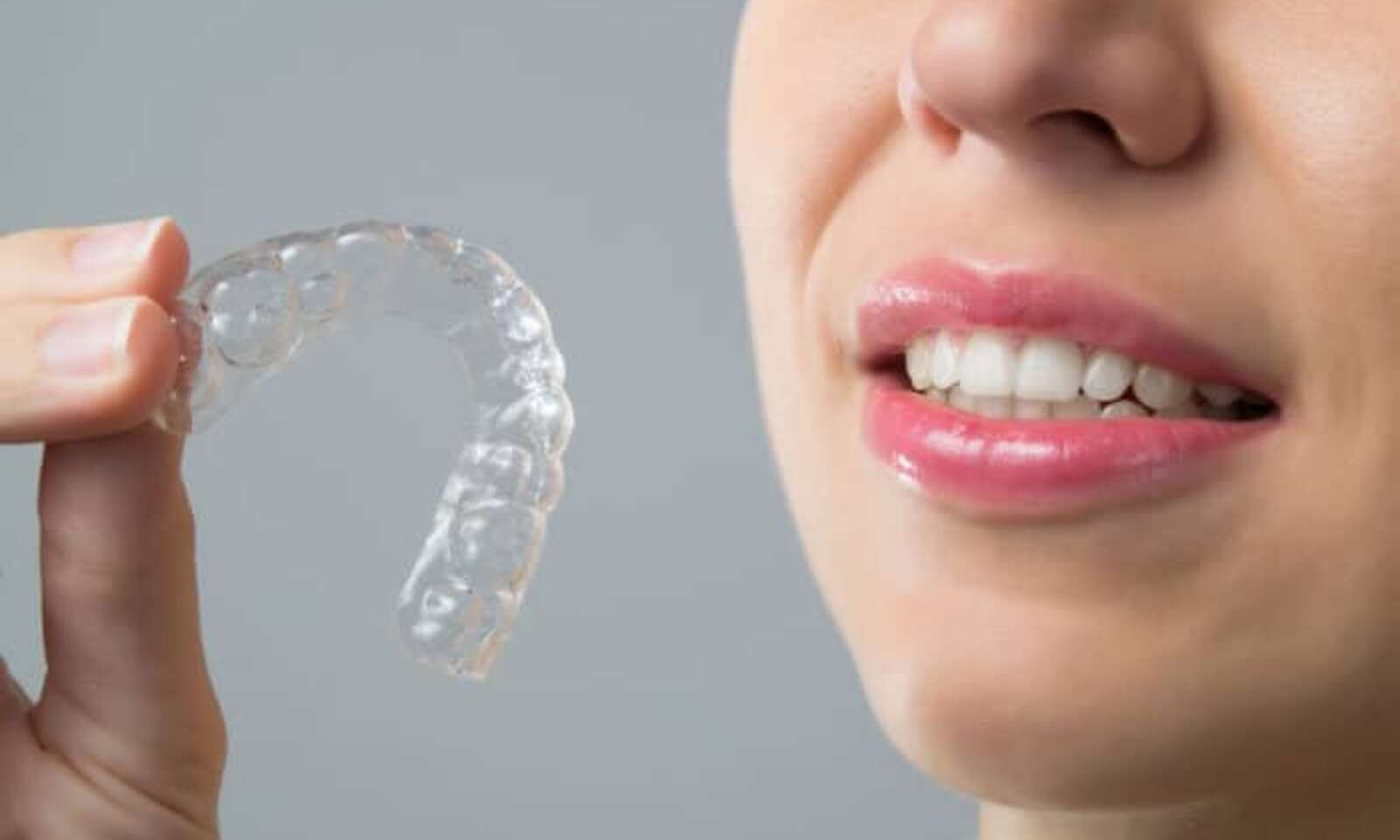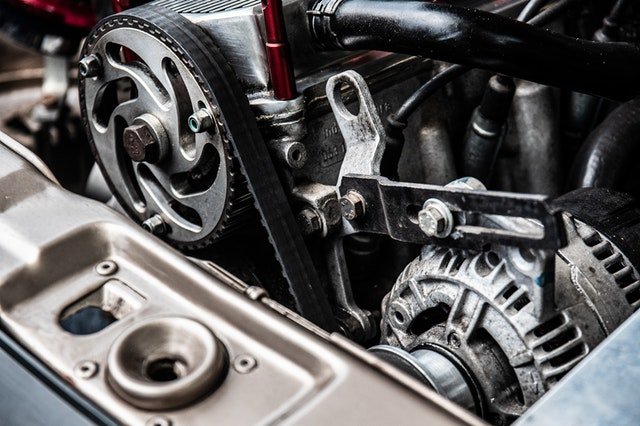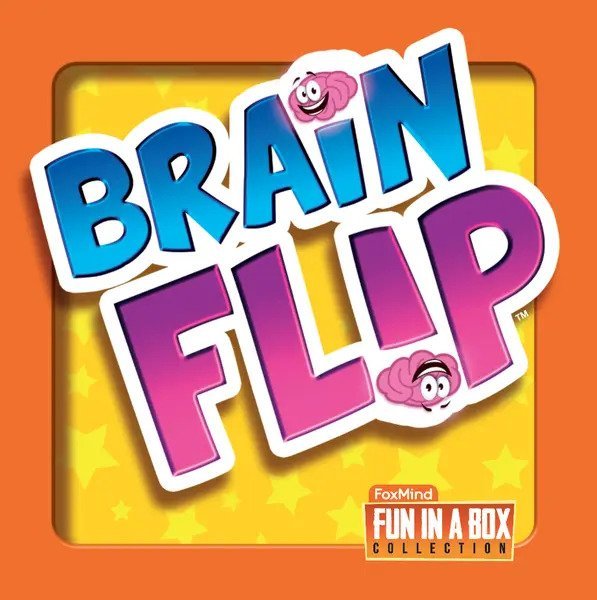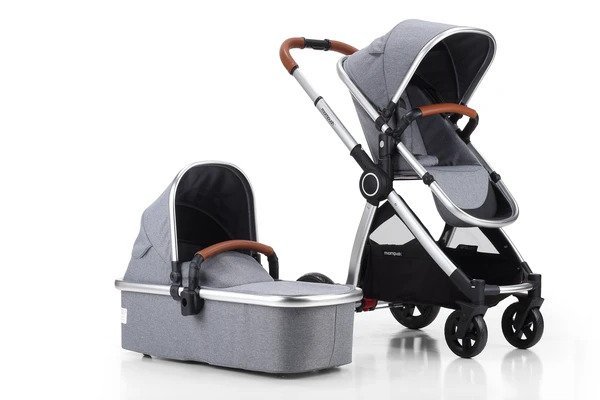What Are The Various Types Of Dental Sedation For Children?
Sedation can make children feel at ease and ease during their treatment, enabling them to get the care they require securely. They might not even remember the treatment, which can help prevent kids from developing dental anxiety, depending on the type of dental sedative they use. Here are some types of dental anesthetics and sedatives that pediatric dentist Miami fl use on children
Nitrous oxide or laughing gas
According to sedation dentistry for kids, It is the least invasive option and a mild sedative. Giggle gas or laughing gas are the common names for it. With a bit of oxygen, children breathe this. They rarely fall asleep, but the majority will become more at ease. Some people don’t like the sensation, but most will feel a little goofy and dizzy.
Mild sedation
Older children and adults frequently use this drug or a cocktail to achieve mild sedation. Your kid would be alert and relaxed, and they might even be able to comply with the doctor’s or dentist’s instructions. Your child can even forget some details of the dental visit after the surgery. Due to your child’s continued consciousness throughout the dental procedure, the best pediatric dental care specialist and oral surgeons can provide these drugs without risk.
Moderate sedation
Children who are under the effect of moderate sedation are more sleepy. Still, they can typically follow instructions from the oral surgeon or pediatric dentist near me. Younger or more frightened children do worse with moderate sedation than older or younger children. They can naturally simply wake up and breathe on their own.
Deep sedation
To put your child to sleep throughout the treatment, you may use deep sedation, which involves intravenous (IV) medicine. Your kid may still move a little and occasionally make noises. Still, their ability to properly breathe on their own may be impaired. A minimum of one more trained Miami childrens dental professional can keep an eye on your child’s breathing, blood pressure, oxygen saturation, and heart rate throughout the procedure and until they awaken.
General anesthesia
Your kid will be unconscious and pain-free under a general anesthetic. While a different dentist or oral surgeon performs the dental operation or surgery, your child will be administered medicine and monitored by trained anesthesia experts. An ambulatory surgery center (ASC), a hospital, or a dental office with specialized equipment can administer anesthesia.
How should you prepare your child for dental sedation?
It may be a wise idea to explain to your child in words they can comprehend what to expect from dental sedation and the operation itself. Don’t use words like “shot” or “drill” that can make kids afraid. Instead, explain that the tooth doctor will be strengthening and restoring their teeth and that they could “feel foolish” or “go to sleep” due to the procedure. Allowing your child to bring a favorite stuffed animal or toy to the appointment can make them feel safer if they’re still worried about going to the dentist and being put to sleep.
Conclusion
We hope the above-given details will help you learn some beneficial and valuable information about pediatric sedation dentistry. For further useful details, please visit vippediatricdentist.com.


